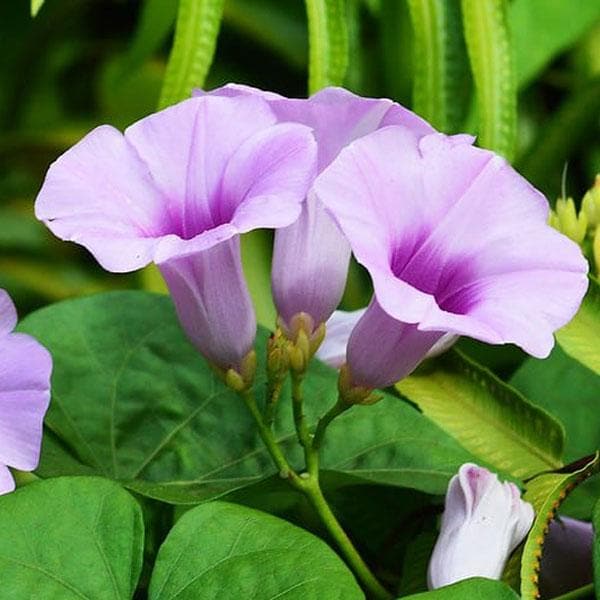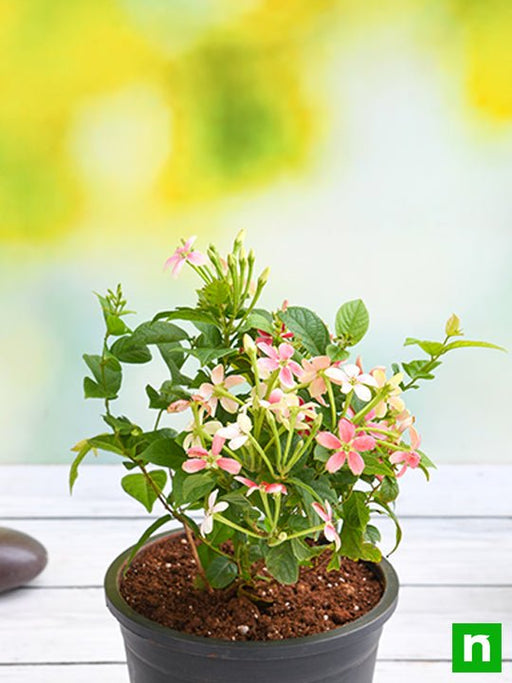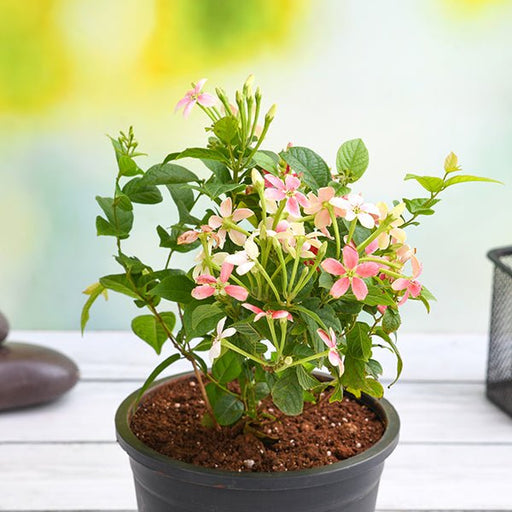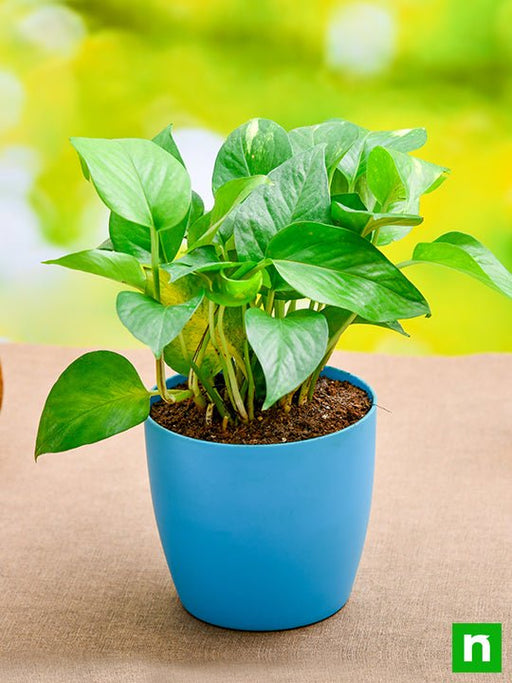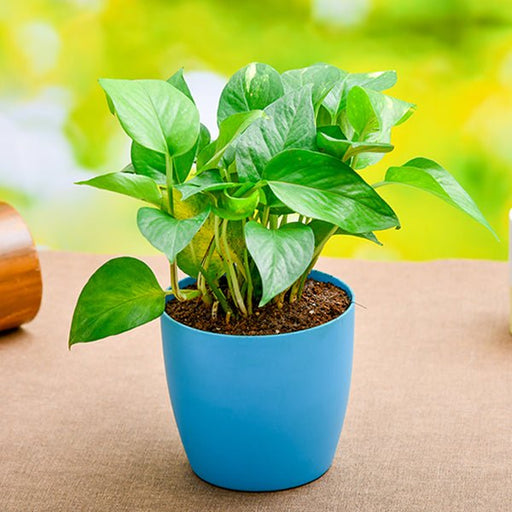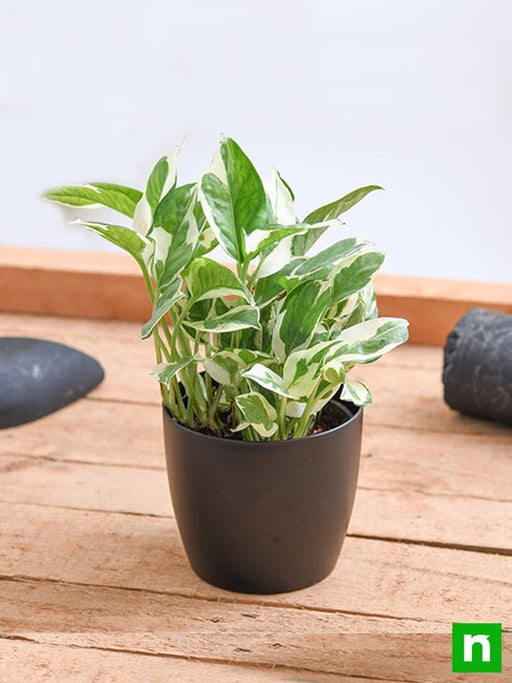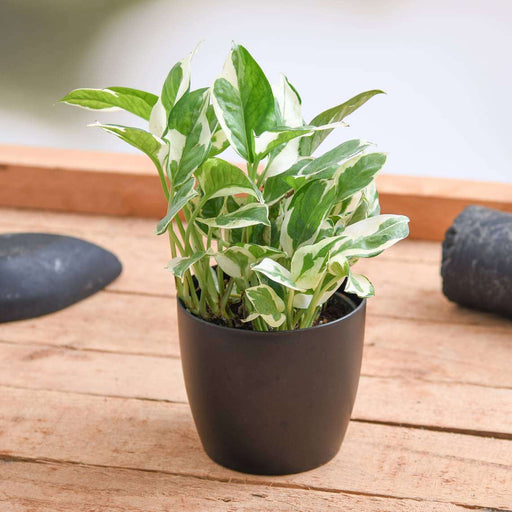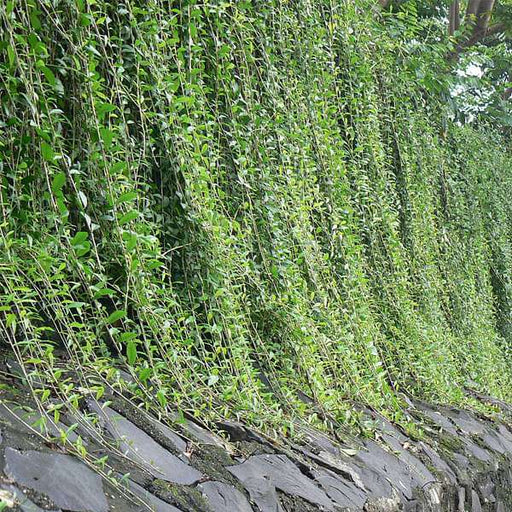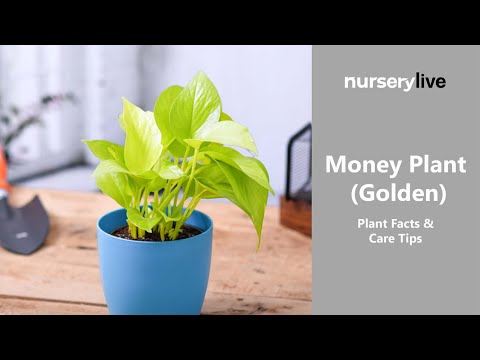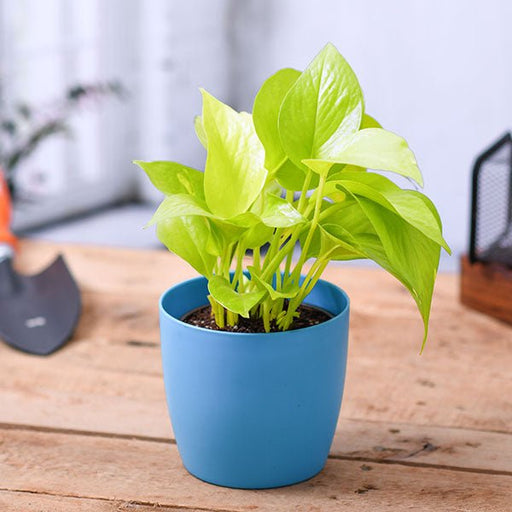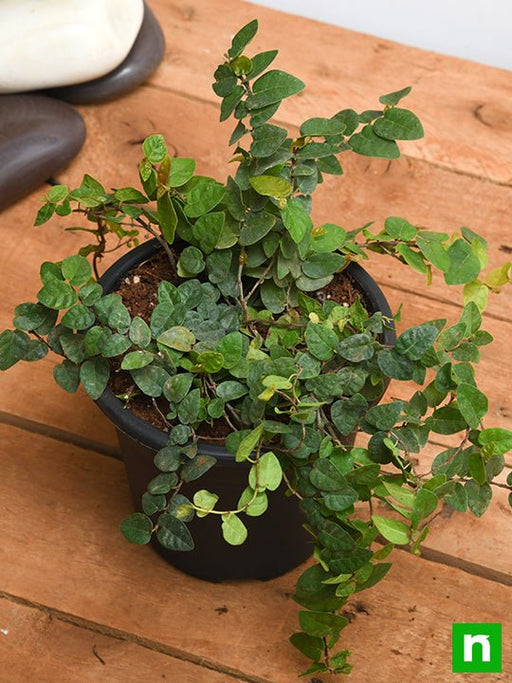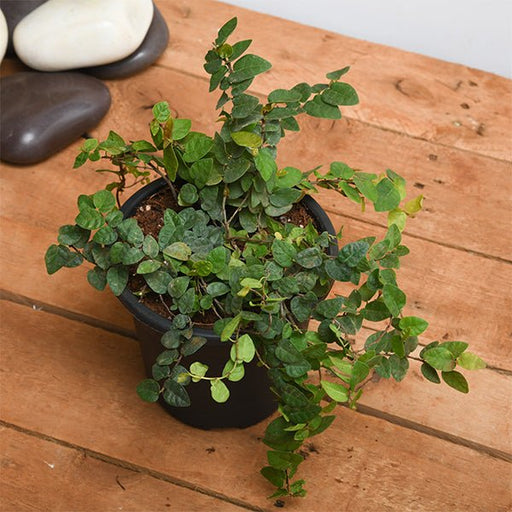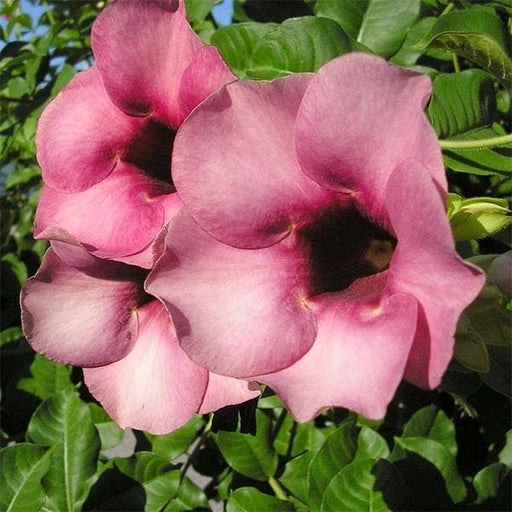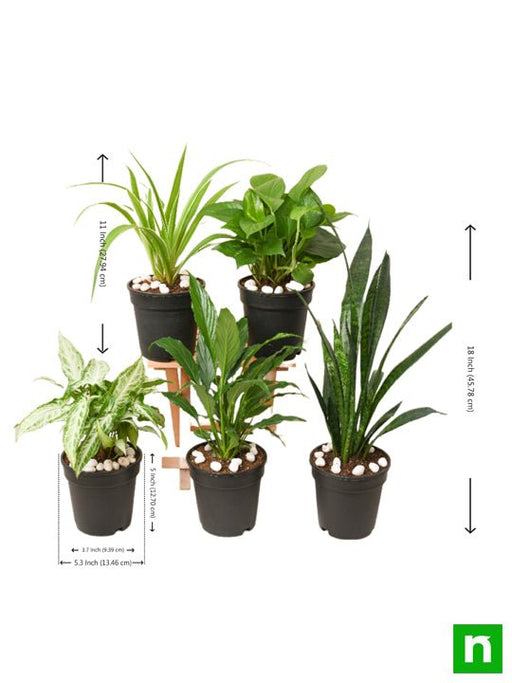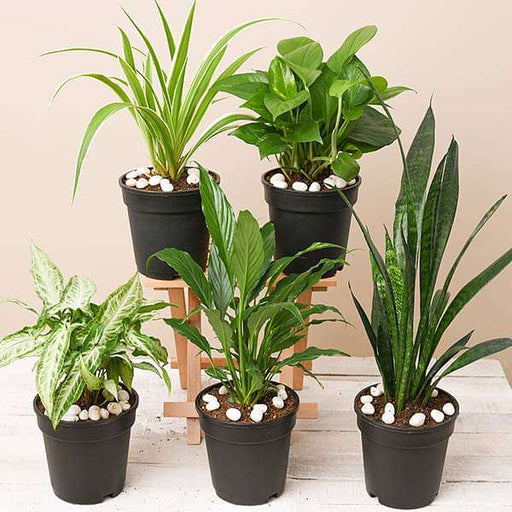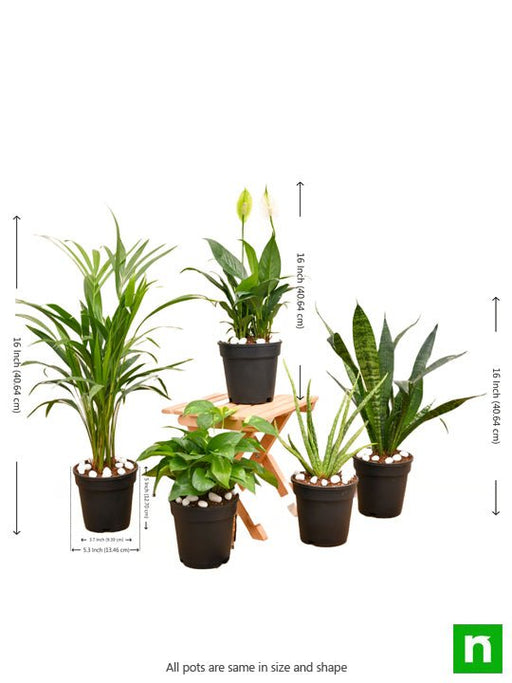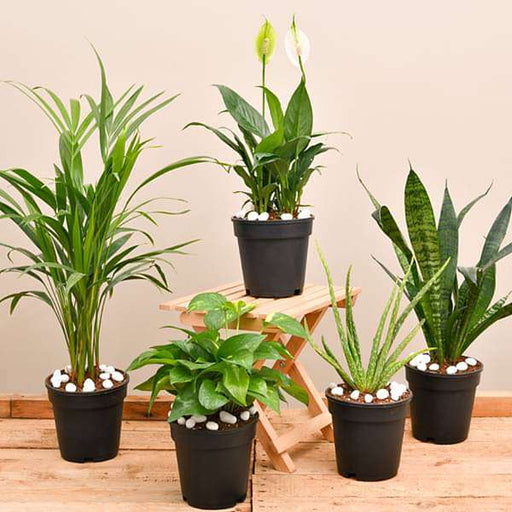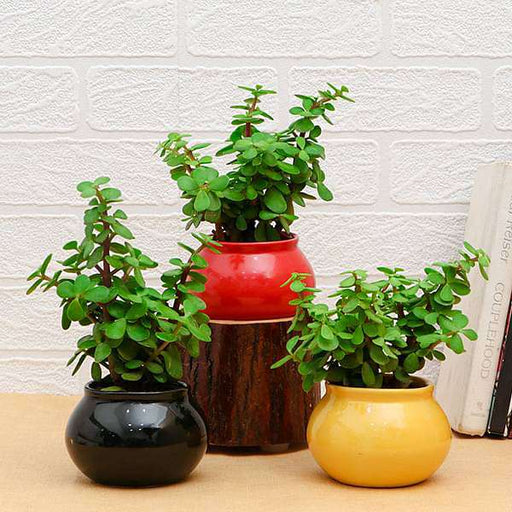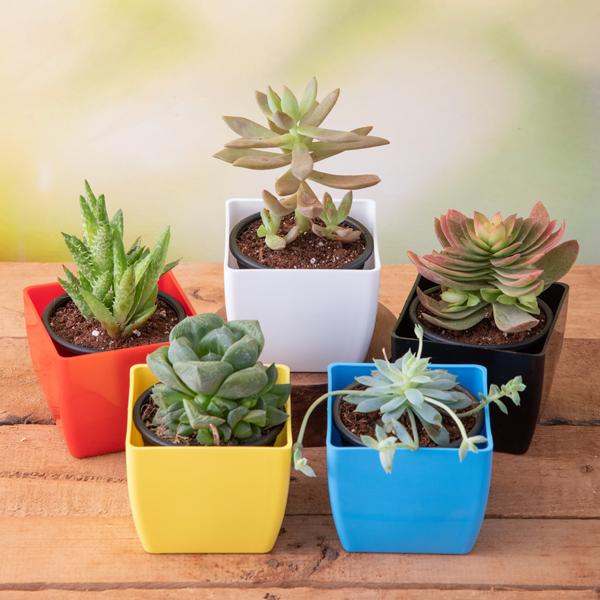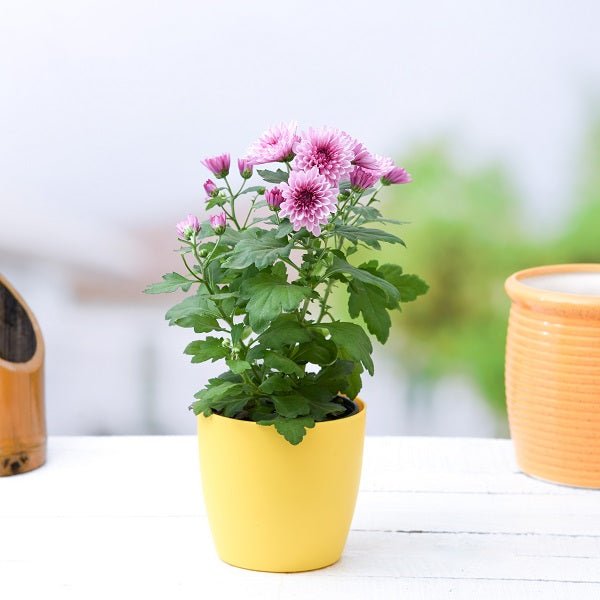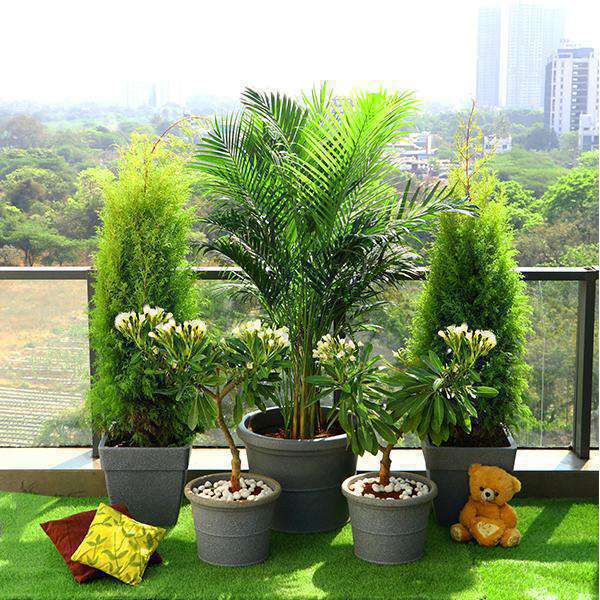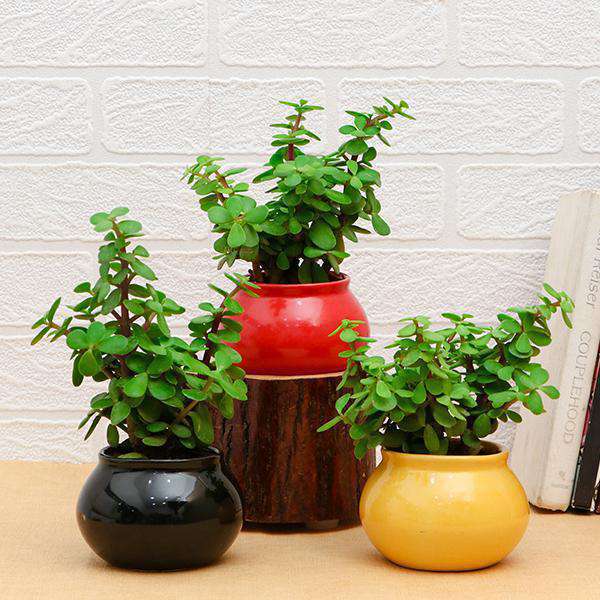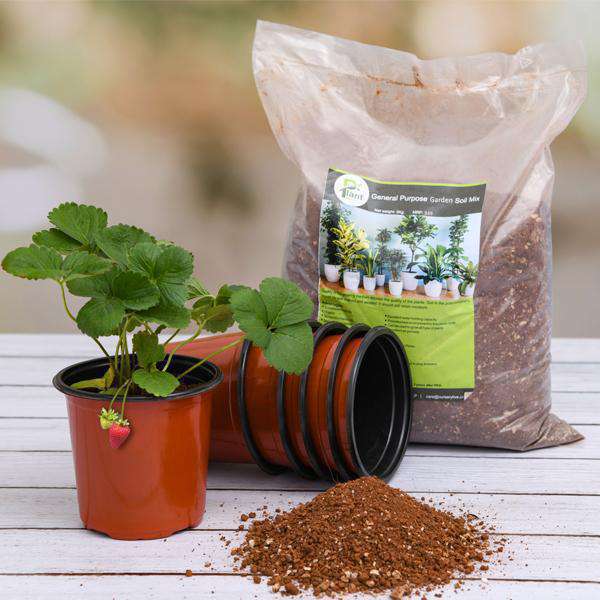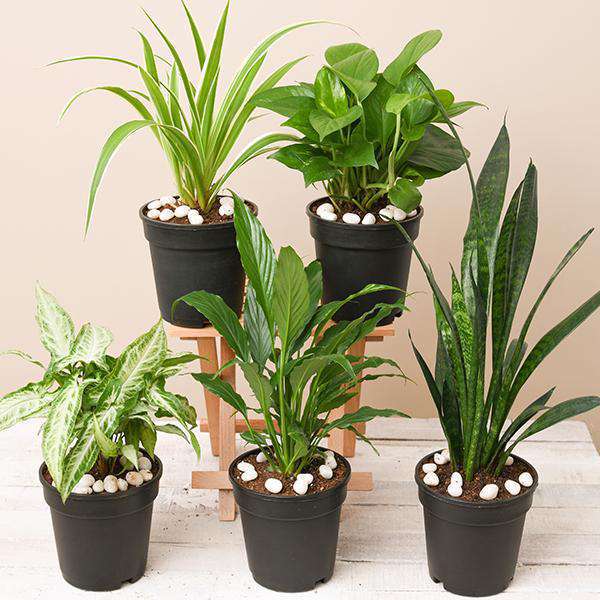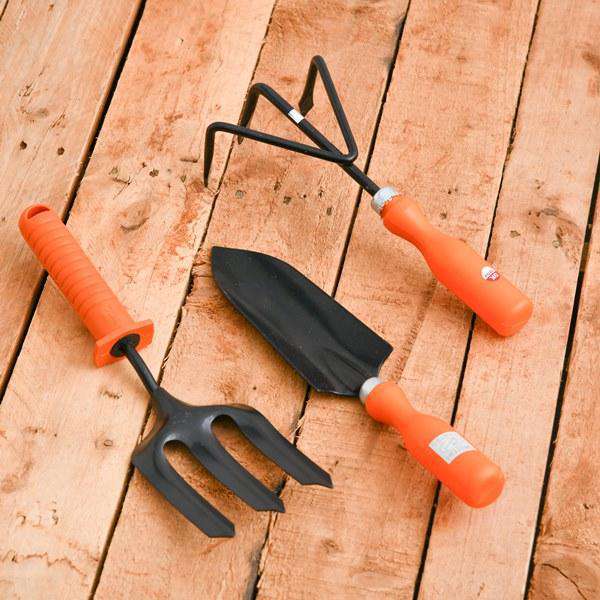Elephant Creeper
This robust climber, known scientifically as *Argyreia nervosa*, is not just a pretty face in the garden. With its heart-shaped leaves and vibrant flowers, it’s like the party animal of the plant world, ready to take over any trellis or wall. But beware, it’s not just a decorative diva; it has a reputation for being a bit of a wild child, spreading its roots far and wide.
Vidhara
Ah, the Vidhara, or *Ipomoea digitata*, is the plant equivalent of a wise old sage. With its medicinal properties, it’s been used in traditional medicine for centuries. Think of it as the herbalist of the plant kingdom, offering remedies for various ailments while looking fabulous. Its unique leaves resemble fingers, making it a conversation starter at any botanical gathering.
Samudrasokha
Also known as *Argyreia speciosa*, this plant is the ultimate chill pill. Often referred to as the "ocean soother," it’s famed for its calming effects. Imagine a plant that can help you unwind after a long day—this is it! With its lush foliage and striking blooms, it’s like nature’s way of saying, “Take a deep breath and relax.”
Medicinal Uses
The Elephant Creeper is not just a pretty face; it’s a powerhouse of medicinal benefits. From treating respiratory issues to aiding digestion, this plant is like your personal herbal pharmacy. It’s the kind of friend who always has your back, ready to whip up a remedy when you’re feeling under the weather.
Cultivation Tips
Growing Elephant Creeper is easier than convincing your cat to ignore that laser pointer. This hardy plant thrives in various conditions, making it perfect for both seasoned gardeners and newbies. Just give it a sunny spot, some water, and watch it climb to new heights—literally!
Invasive Nature
While the Elephant Creeper is a showstopper, it can also be a bit of a diva in the garden. Its invasive tendencies mean it can take over if left unchecked. Think of it as the overzealous party guest who just won’t leave—great in moderation, but you might want to keep an eye on it!
Soil Requirements
This plant is not picky about its soil, making it the easy-going friend we all need. Whether it’s sandy, loamy, or clay, the Elephant Creeper will adapt and thrive. Just ensure it has good drainage, and it’ll reward you with lush growth and vibrant blooms.
Sunlight Needs
If you’re looking for a plant that loves the sun as much as a beach bum, the Elephant Creeper is your go-to. It thrives in full sunlight, soaking up those rays like a pro. Just remember, too much shade is like a bad hair day for this beauty—keep it bright and happy!
Propagation Methods
Want to multiply your Elephant Creeper collection? Propagation is a breeze! You can easily grow new plants from cuttings or seeds. It’s like cloning your favorite friend—just snip, plant, and watch the magic happen.
Pest Resistance
The Elephant Creeper is like the superhero of the plant world, boasting impressive pest resistance. While other plants might be wilting under the pressure of aphids and mites, this tough cookie stands tall. It’s the kind of plant that doesn’t sweat the small stuff—perfect for low-maintenance gardeners.
Cultural Significance
In various cultures, the Elephant Creeper is celebrated for its beauty and medicinal properties. It’s often featured in traditional rituals and herbal practices, making it a plant with a rich history. Think of it as the celebrity of the plant kingdom, with a fan base that spans generations.
Environmental Benefits
Beyond its aesthetic appeal, the Elephant Creeper plays a vital role in the ecosystem. It provides shelter and food for various wildlife, making it a true friend to nature. Planting this beauty is like giving back to the environment while adding a touch of elegance to your garden.
